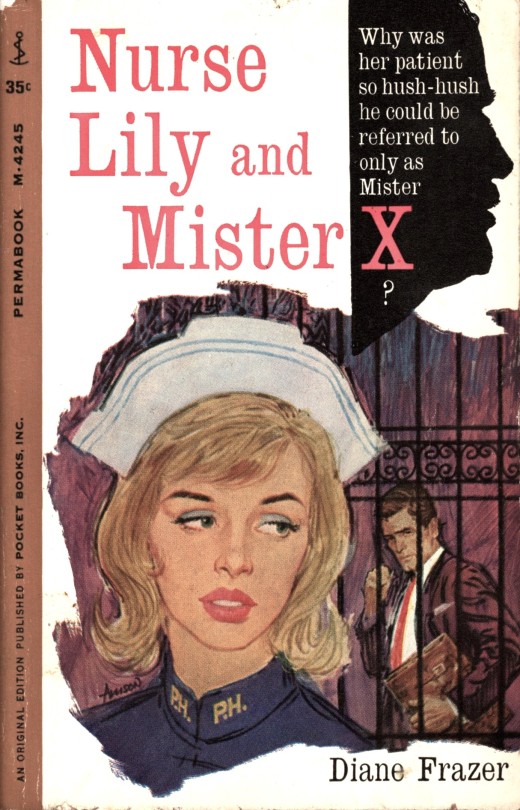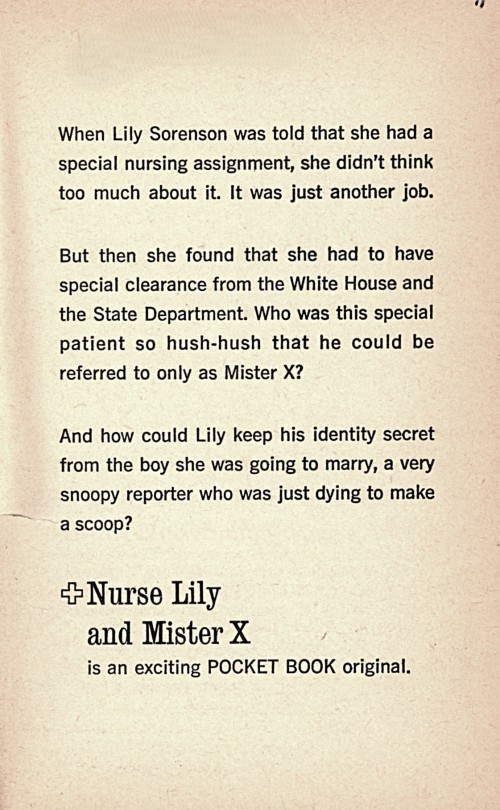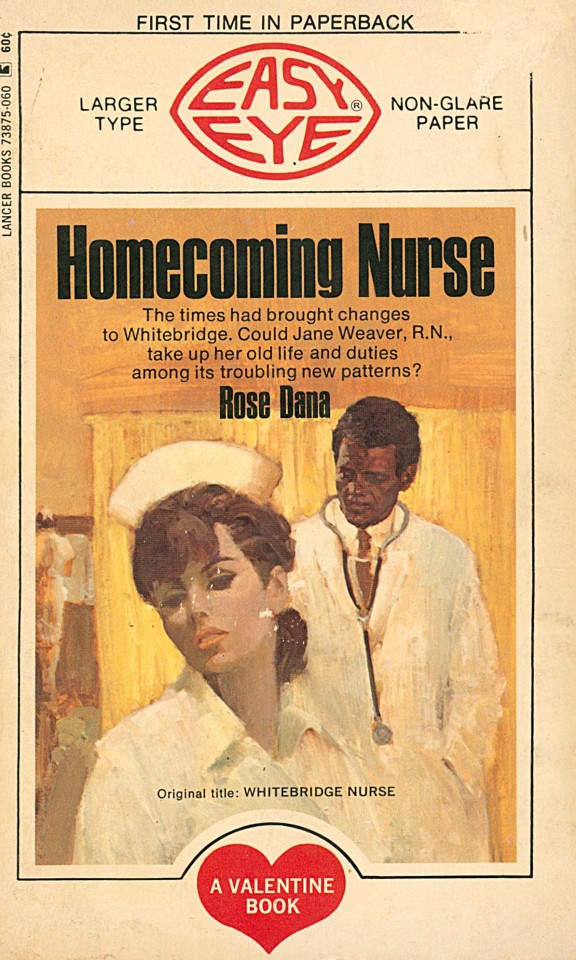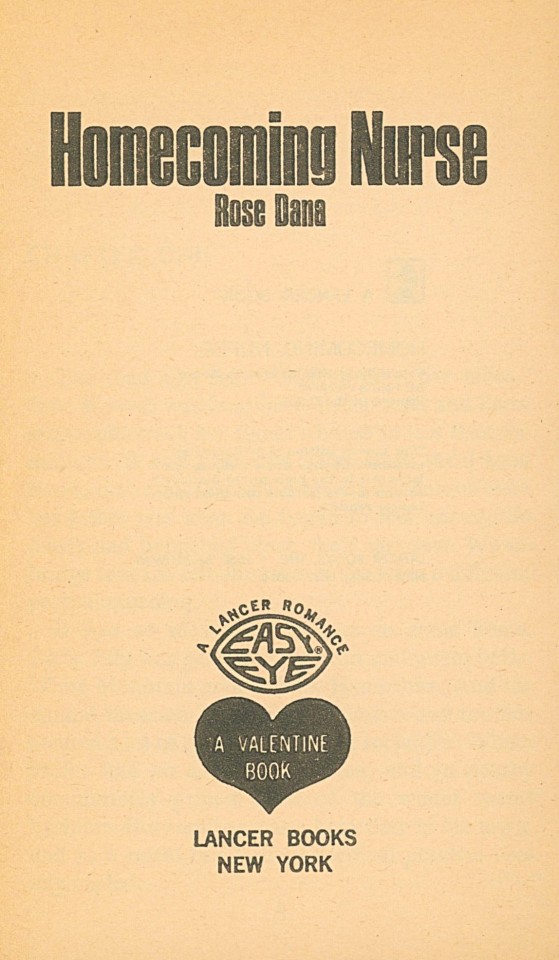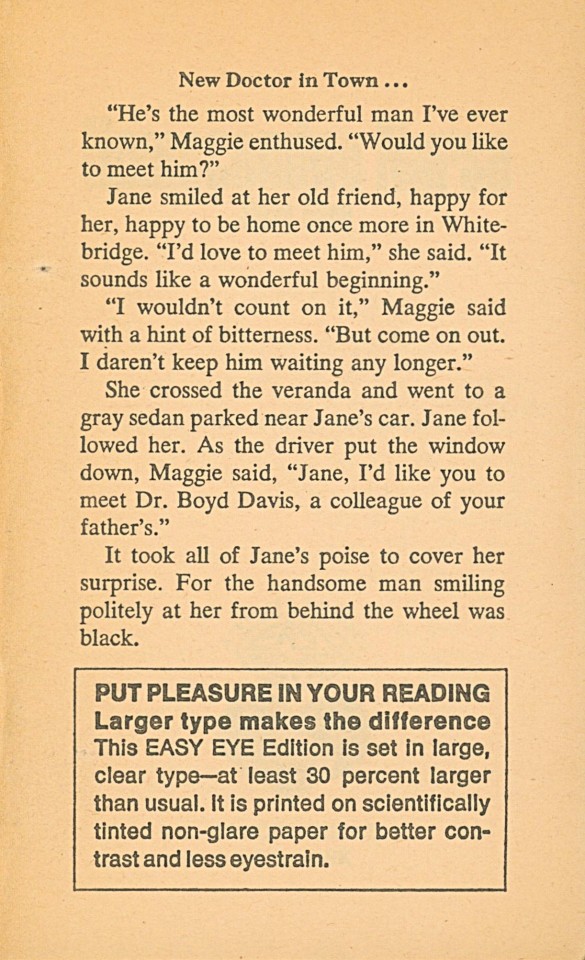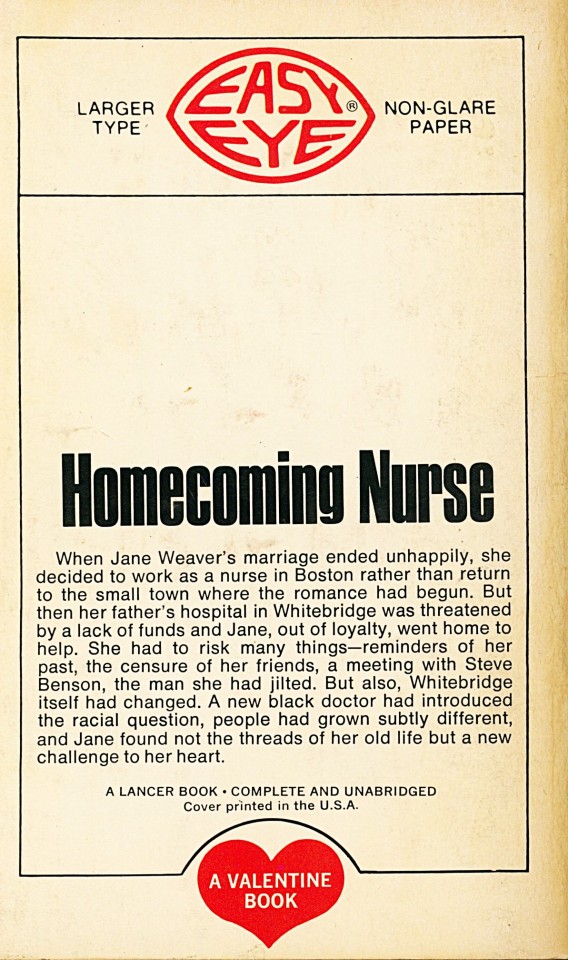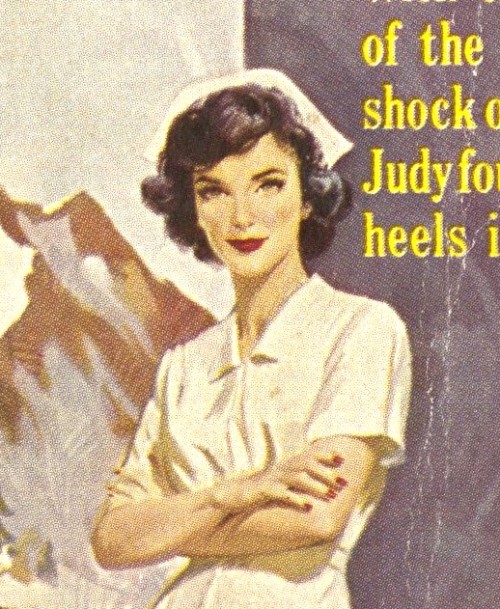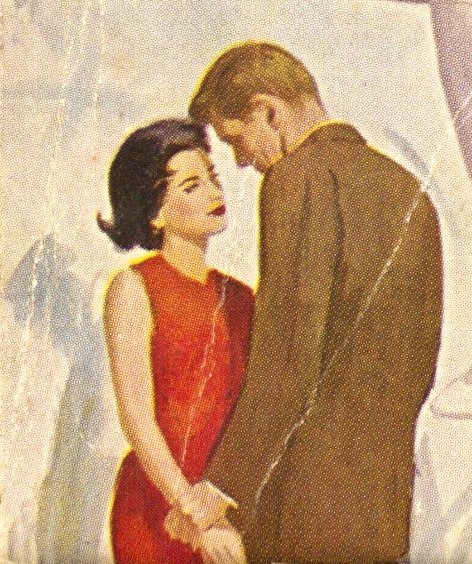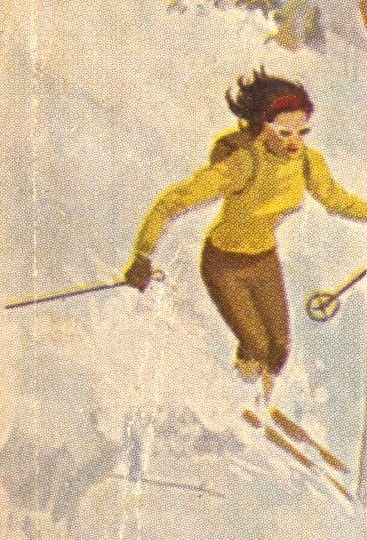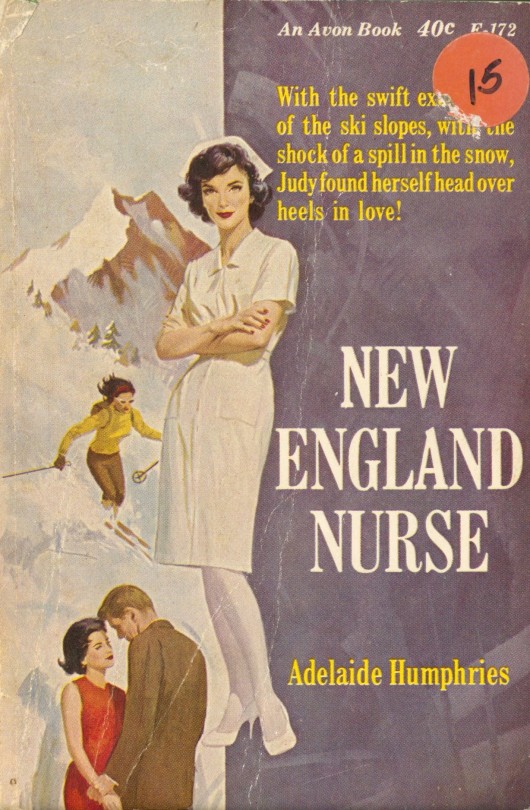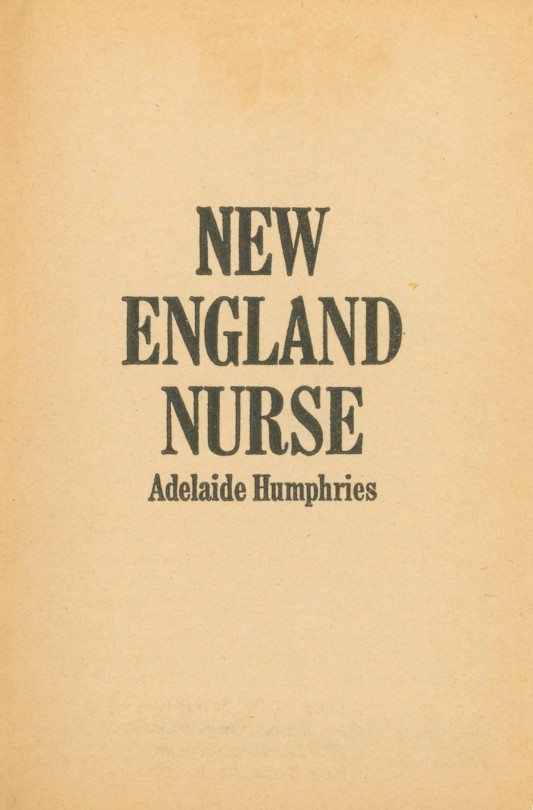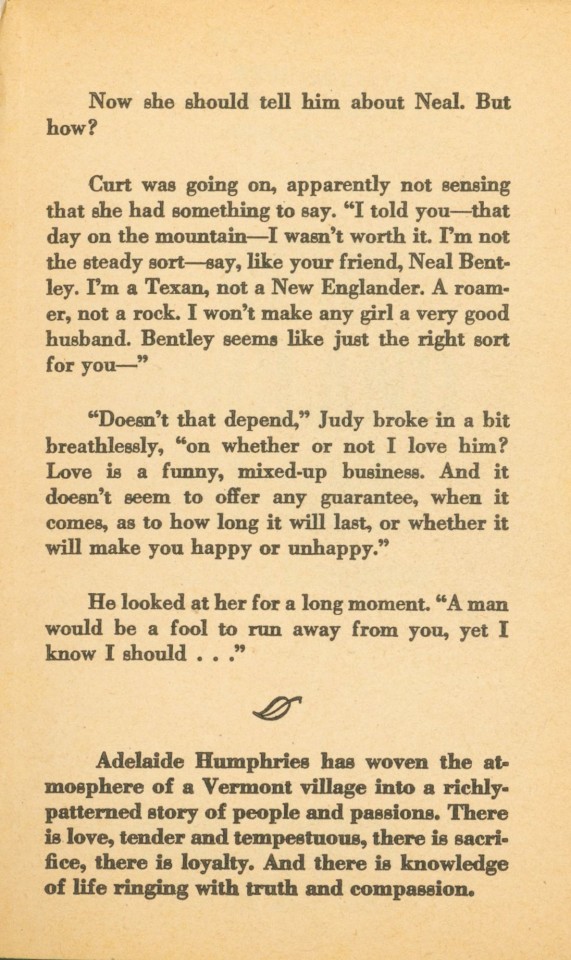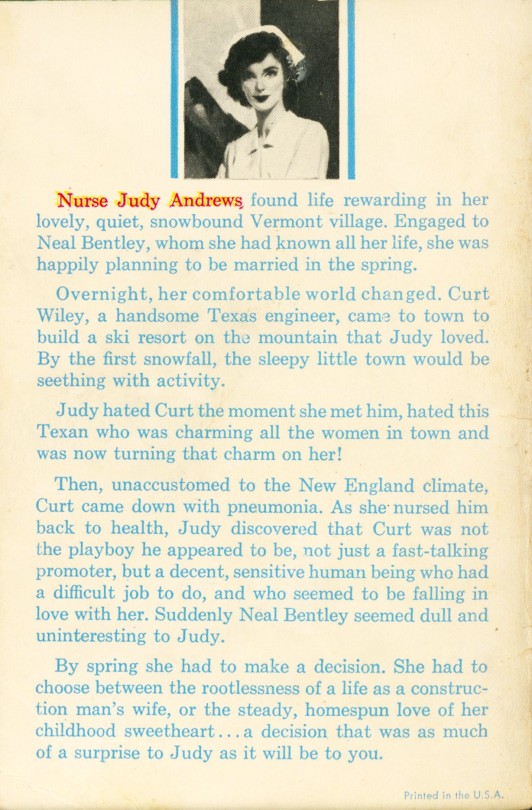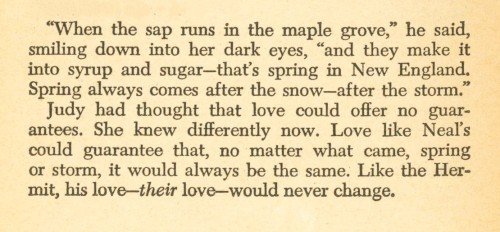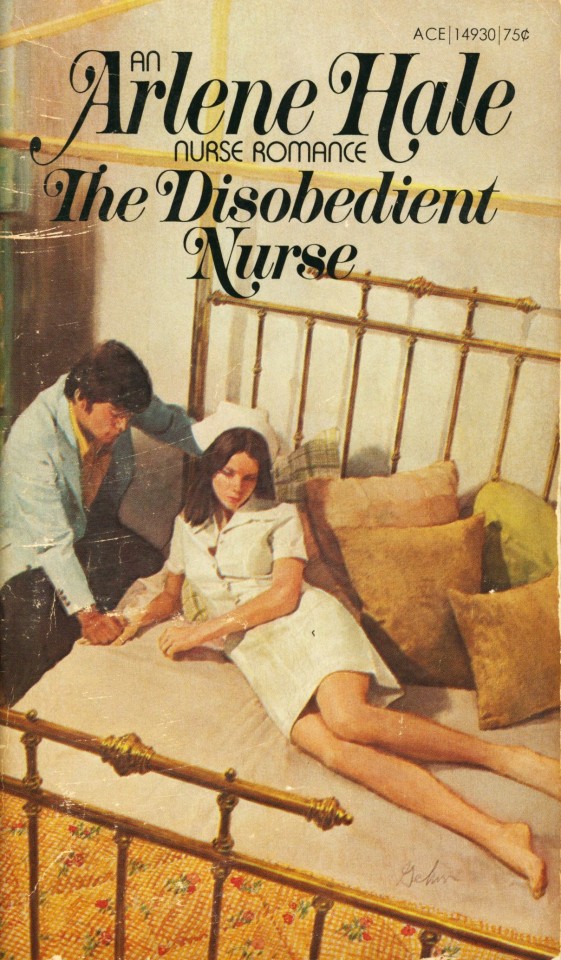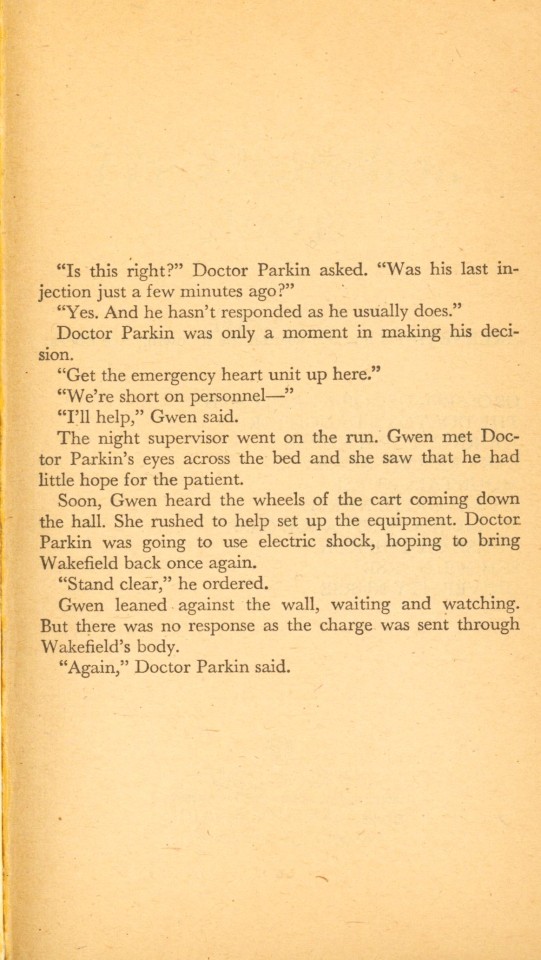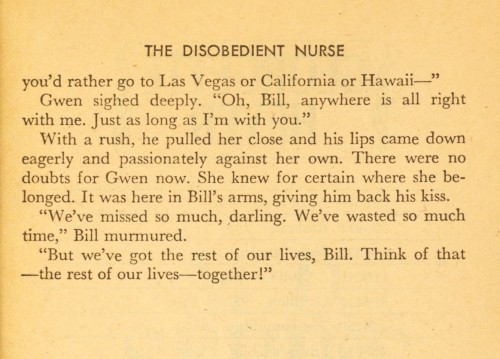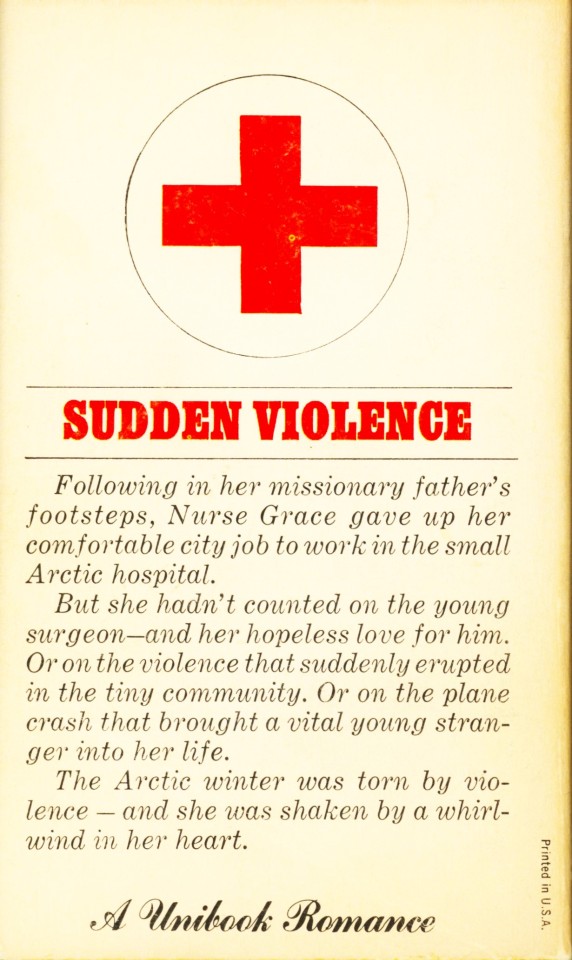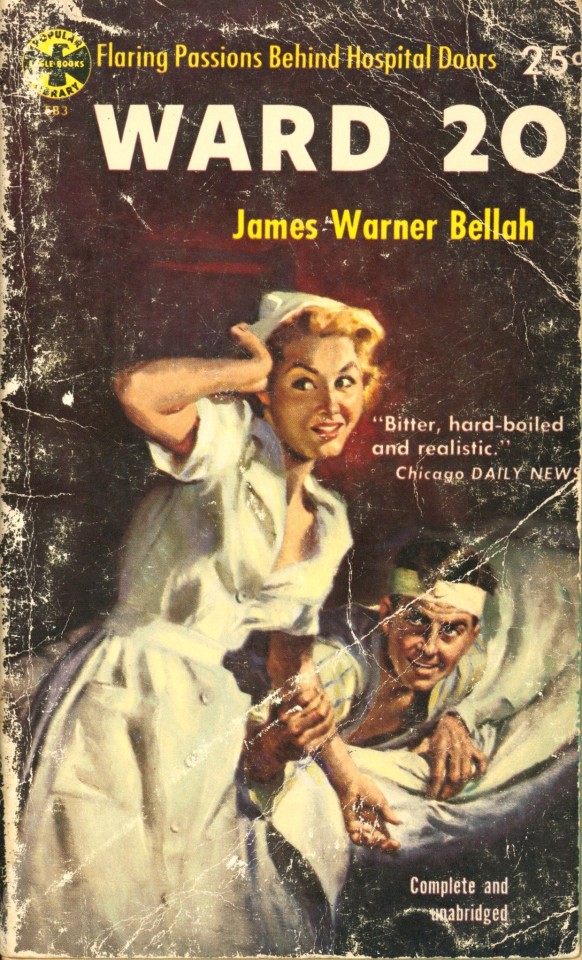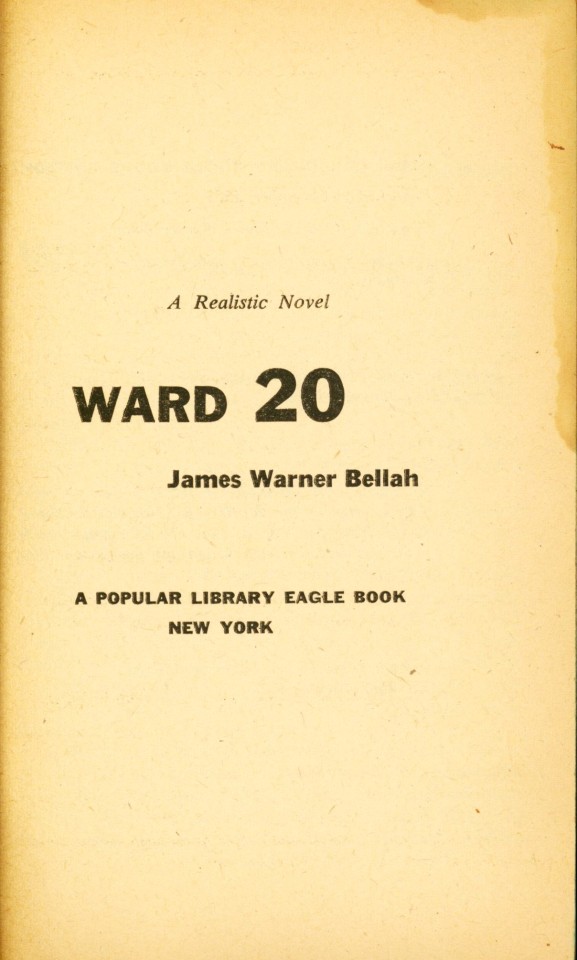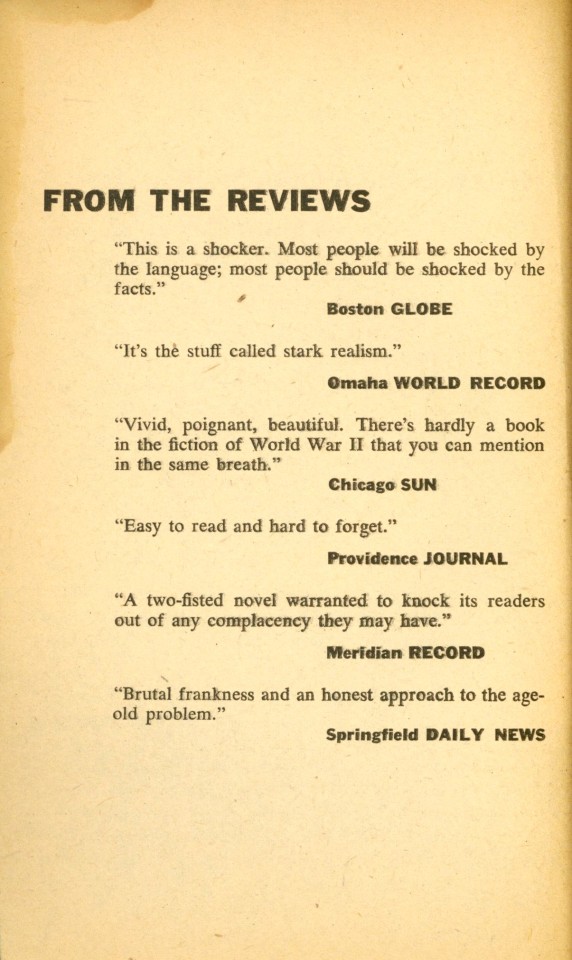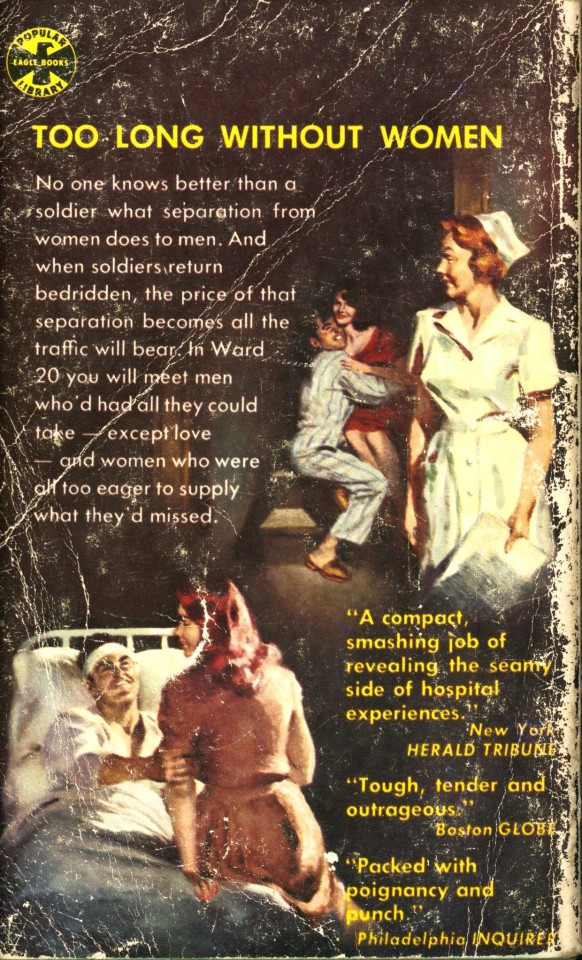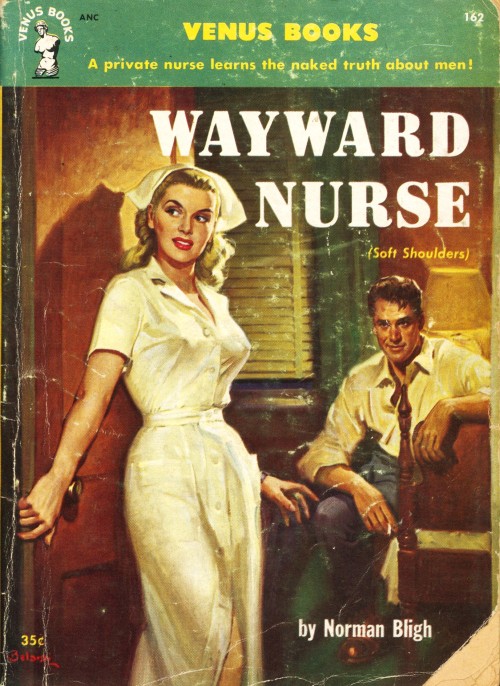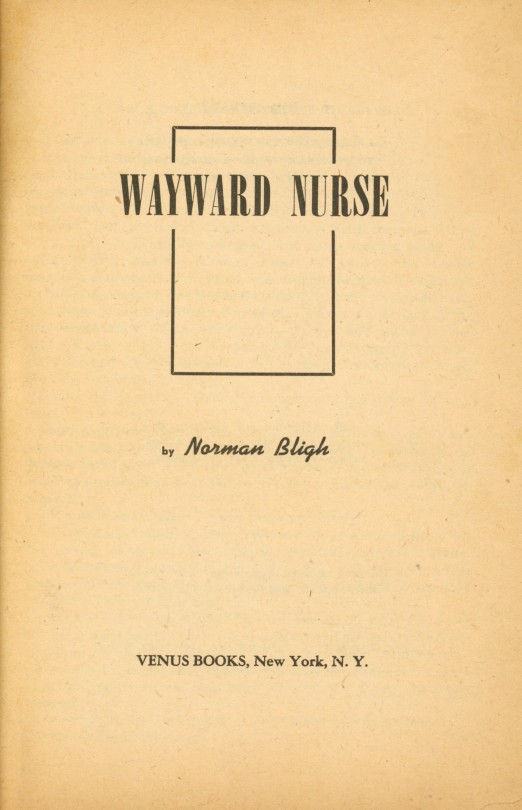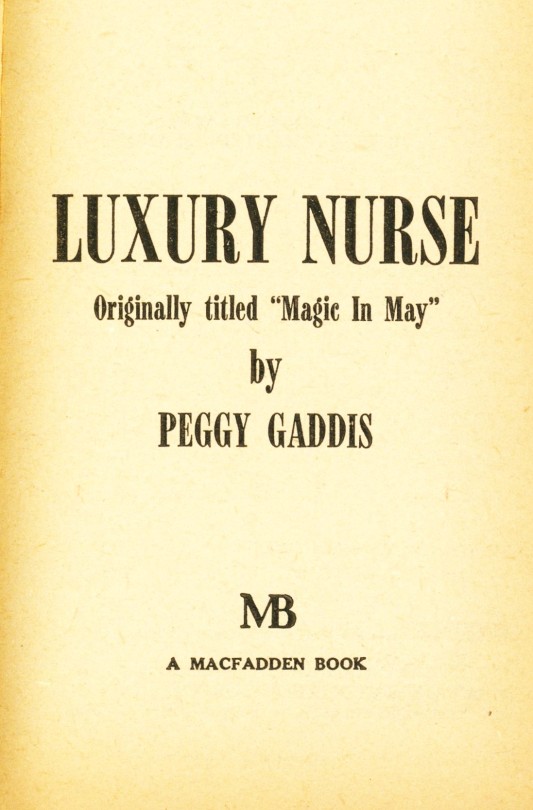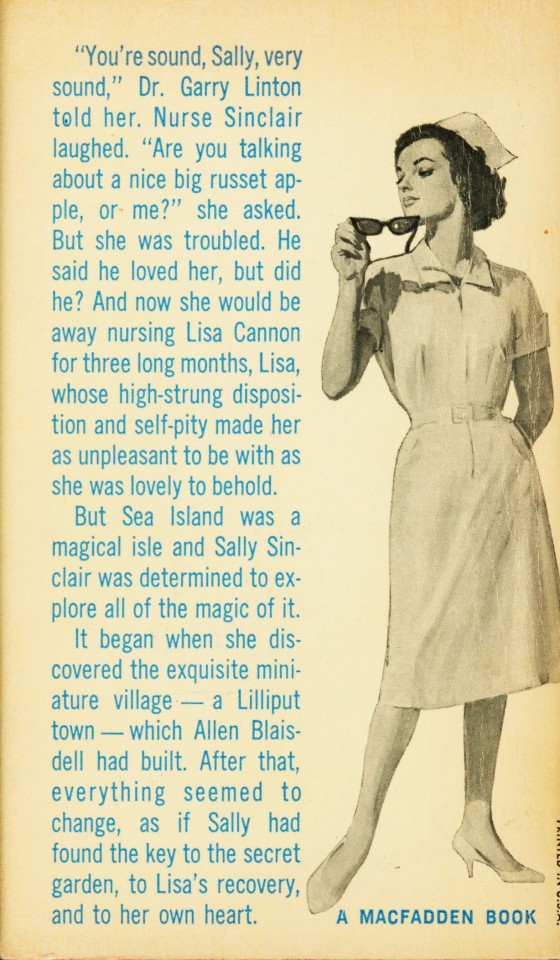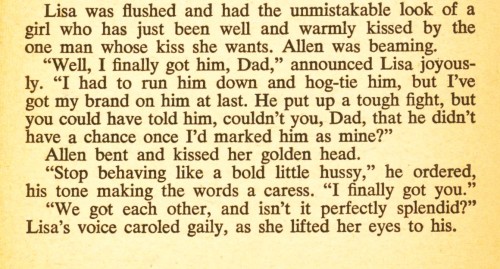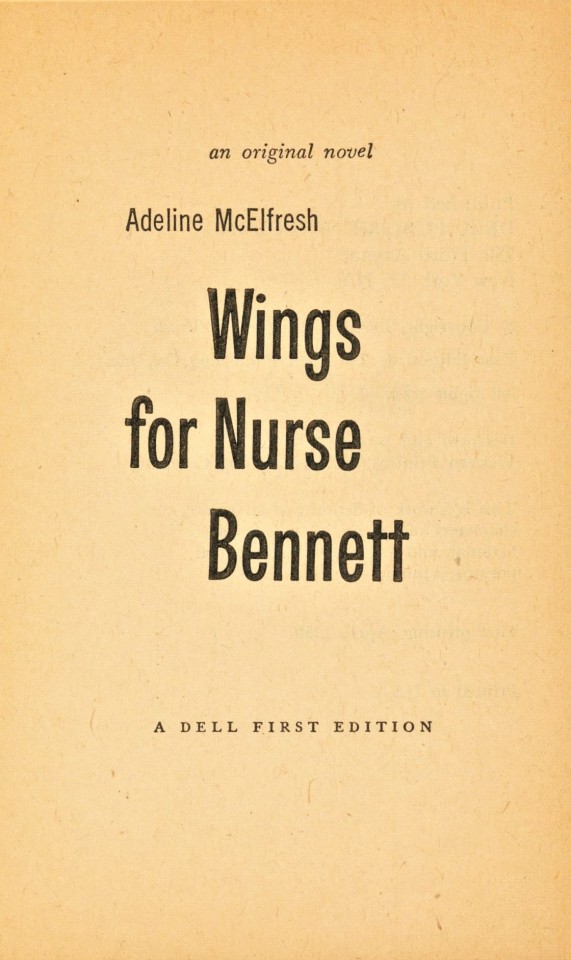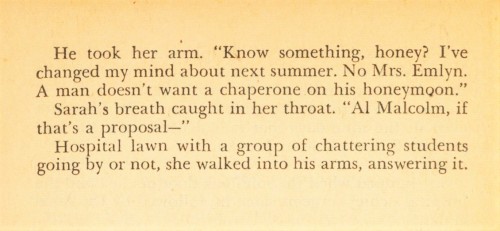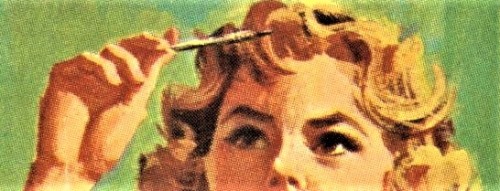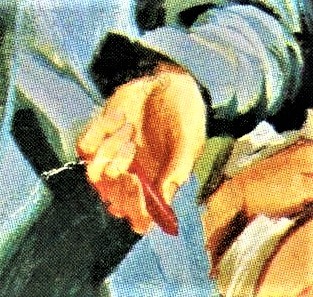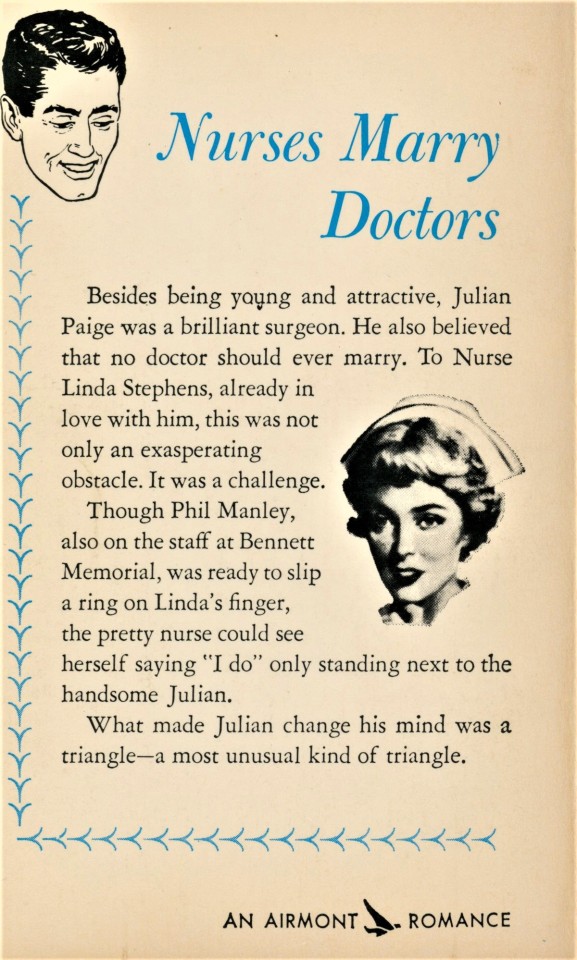Steamy Saturday
- “… she found out she had to have special clearance from the White House and the State Department.”
- “Why was her patient so hush-hush he could be referred to only as Mister X?”
- “This was a man who had terrorized the White House, a man even the President was afraid of … .”
Nurse Lily and Mister X by Diane Frazer, published in New York by Pocket Books in 1961, has more intrigue than steam, but with its snappy noir dialogue and plot, you almost forget this is a nurse romance novel. There’s the brilliant and cantankerous British diplomat and master international negotiator Sir Edgar; the self-confident and stunningly gorgeous nurse Lily Sorenson; and the dashing young newspaper reporter Andrew Carlton who is smitten by Nurse Lily, and she with him, but as a professional journalist doggedly pursues the mystery of the secret patient at the Manhattan hospital – even if it means compromising his budding relationship with Lily.
Along the way, there is subterfuge and twists. Will Sir Edgar be found out and compromised before he is able to negotiate a major treaty that may affect global politics for generations? Will Andrew nail the scoop of his career? More importantly, can Lily and Andrew’s romance survive it all? This novel is such a decent read, that for once we will not reveal the outcome.
Diane Frazer is the pseudonym for Dorothy Fletcher who published numerous nurse romances under her pen name. We couldn’t find out much about Fletcher, but we do know that the cover art is by Jerry Allison, the prolific illustrator of pulp novel covers, especially hard-boiled detective novels.
View other nurse romance novels.
View other pulp fiction posts.
